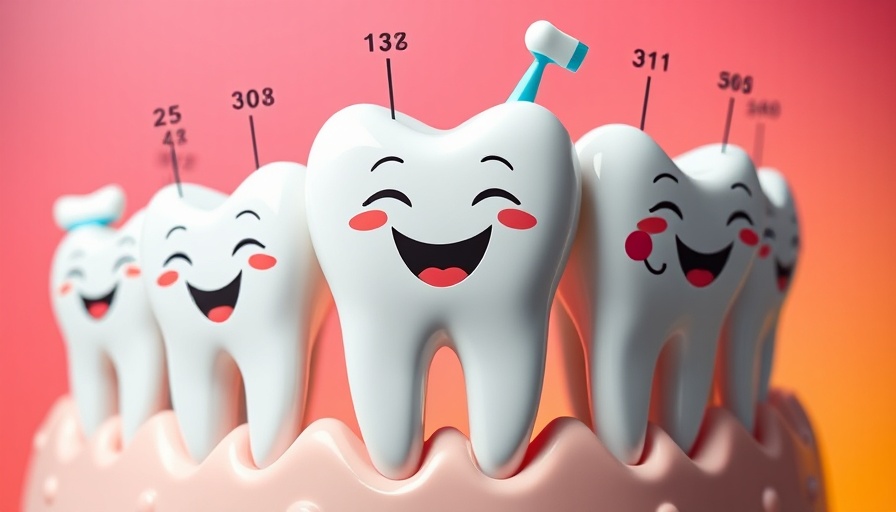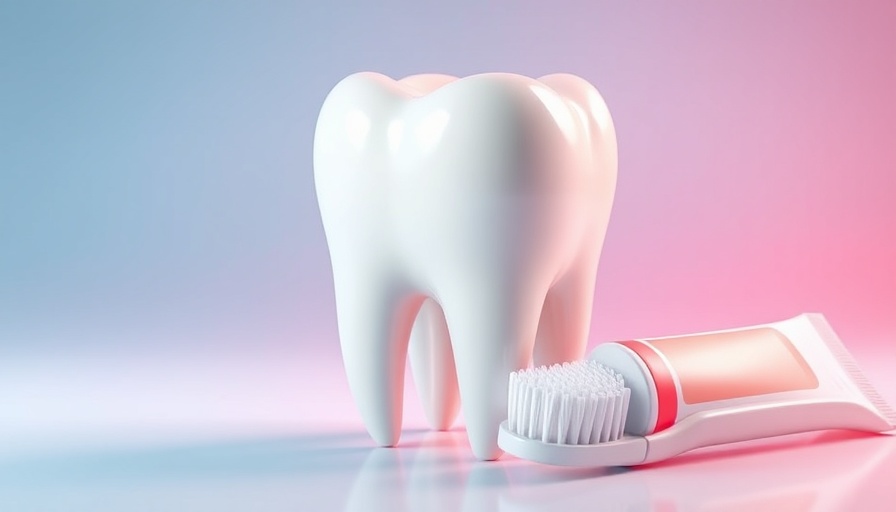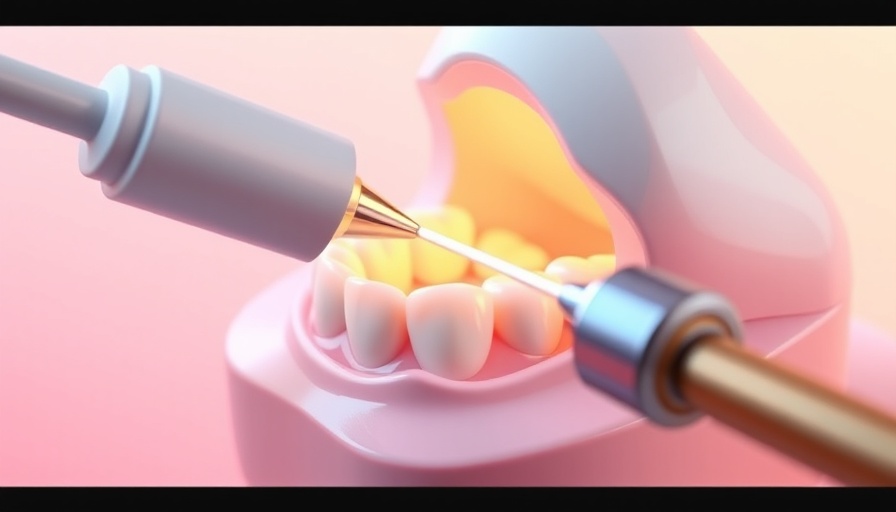
Revolutionizing Dental Practices: A New Tooth Numbering System
The realm of dentistry is constantly evolving, with innovations aimed at improving precision and patient outcomes. A recent proposal for a new tooth numbering system seeks to address inherent challenges faced by dental professionals in complex procedures. This initiative is particularly relevant for pediatric dentists, orthodontists, and dental practice owners who aim for optimal communication and precision in their work.
Understanding Existing Tooth Numbering Challenges
Current systems, while widely used, often lead to confusion, especially in multi-diagnostic scenarios. Practitioners may struggle with clarity when communicating tooth status with colleagues or when interfacing with patients. The conventional system can prove inadequate in ensuring accurate treatment plans and procedures, particularly in crowded practices.
Benefits of a New Numbering System
The proposed tooth numbering system promises clearer identification and categorization of dental structures, potentially saving time and reducing the risk of errors. With enhanced precision, practices can improve workflows, especially during complex cases such as orthodontic treatments or multi-stage surgeries, ensuring better patient safety and optimized outcomes.
Implications for the Dental Industry
Adopting a standardized tooth numbering system could lead to improved training protocols for dental professionals. Additionally, it can help new practitioners familiarize themselves quickly with patient cases, fostering a more integrated approach to dental education and practice. As the industry moves forward, such changes could set new standards in dental communication and patient management strategies.
 Add Row
Add Row  Add
Add 




Write A Comment